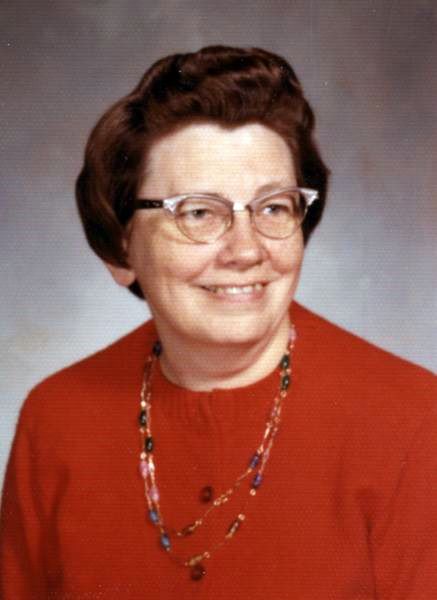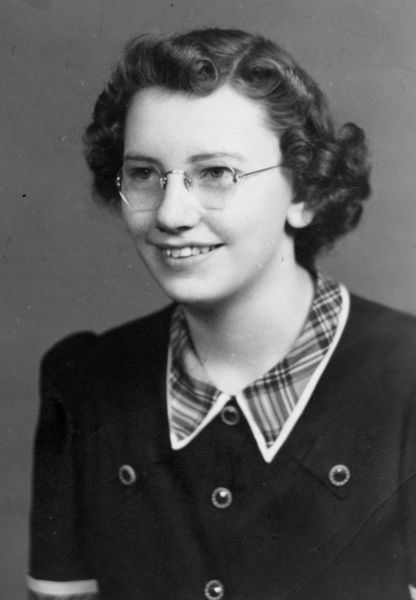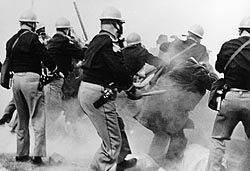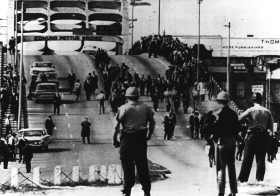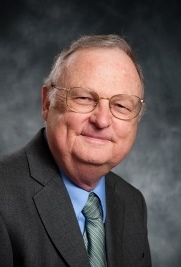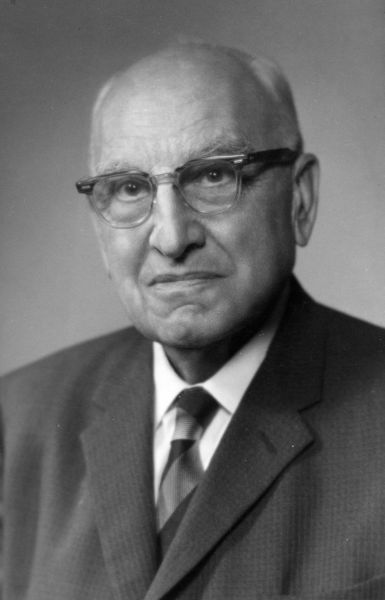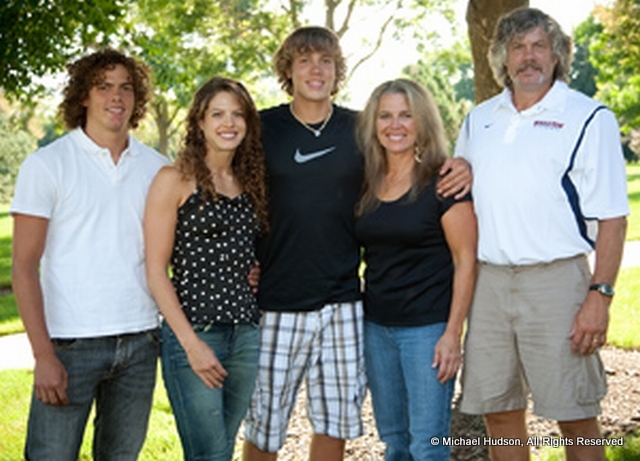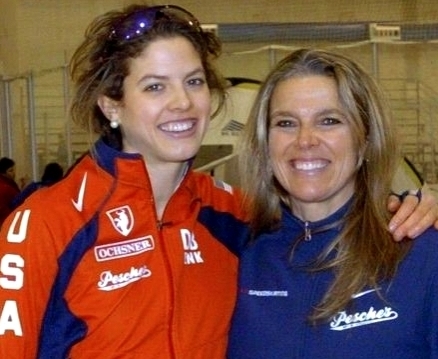On March 22, 2010, Dr. Nicholas Perrin, Associate Professor of New Testament, gave his inaugural lecture as holder of the Franklin S. Dyrness Chair of Biblical Studies entitled “The Bible from Westminster to Muenster: The Interface between Theological Confession and Free Historical Inquiry.” Dr. Perrin holds degrees from The Johns Hopkins University (B.A. 1986), Covenant Theological Seminary (M.Div. 1994), and Marquette University (Ph.D. 2001). His dissertation was “Thomas and Tatian: The Relationship between the Gospel of Thomas and the Diatessaron.”
 The history of the Franklin Dyrness Chair dates back nearly a quarter-century to 1987 when the Class of ’27 alumnus and founder of the Quarryville Presbyterian Retirement Community contributed funds toward an endowed chair of biblical studies. C. Hassell Bullock was named the first distinguished chair until his retirement in 2009 after thirty-six years as Professor of Old Testament.
The history of the Franklin Dyrness Chair dates back nearly a quarter-century to 1987 when the Class of ’27 alumnus and founder of the Quarryville Presbyterian Retirement Community contributed funds toward an endowed chair of biblical studies. C. Hassell Bullock was named the first distinguished chair until his retirement in 2009 after thirty-six years as Professor of Old Testament.
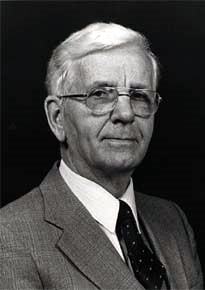 Franklin Seth Dyrness was born May 16, 1905 in Chicago, Illinois to Norwegian-born parents who immigrated to the United States. He attended Wheaton College was president of the Beltionian Literary Society, junior class president and played football; he graduated in 1927. He briefly taught science at the Wheaton Academy and was married to fellow classmate, Dorothy Rasmussen in 1931. They would eventually raise five children. Dyrness also graduated from Westminster Theological Seminary in 1931 and pastored the Chestnut Level Presbyterian Church in Quarryville, PA through 1936. He was then installed as the first pastor of an independent Presbyterian Church in later to become Faith Orthodox Presbyterian Church, and then as Faith Reformed Presbyterian Church. He served as pastor for twenty-six years until 1963. Under this pastorate the church helped organize the Quarryville Bible Conference Association for the purpose of organizing summer camps and conferences for all ages. Dyrness served as its president for five years, and executive director for thirty-seven years. In 1948, he and a group of associates founded the Quarryville Presbyterian Home. Franklin held the position of president from 1948 until he retired in December 1985 at eighty-one years old. His honors include election to the Wheaton College Honor Society and the conferring of the degree Doctor of Divinity by Wheaton in its centennial year of 1960. On the 60th anniversary of his graduation from Wheaton, the Home and the College contributed funds to establish the Franklin S. Dyrness Chair of Biblical Studies at Wheaton College.
Franklin Seth Dyrness was born May 16, 1905 in Chicago, Illinois to Norwegian-born parents who immigrated to the United States. He attended Wheaton College was president of the Beltionian Literary Society, junior class president and played football; he graduated in 1927. He briefly taught science at the Wheaton Academy and was married to fellow classmate, Dorothy Rasmussen in 1931. They would eventually raise five children. Dyrness also graduated from Westminster Theological Seminary in 1931 and pastored the Chestnut Level Presbyterian Church in Quarryville, PA through 1936. He was then installed as the first pastor of an independent Presbyterian Church in later to become Faith Orthodox Presbyterian Church, and then as Faith Reformed Presbyterian Church. He served as pastor for twenty-six years until 1963. Under this pastorate the church helped organize the Quarryville Bible Conference Association for the purpose of organizing summer camps and conferences for all ages. Dyrness served as its president for five years, and executive director for thirty-seven years. In 1948, he and a group of associates founded the Quarryville Presbyterian Home. Franklin held the position of president from 1948 until he retired in December 1985 at eighty-one years old. His honors include election to the Wheaton College Honor Society and the conferring of the degree Doctor of Divinity by Wheaton in its centennial year of 1960. On the 60th anniversary of his graduation from Wheaton, the Home and the College contributed funds to establish the Franklin S. Dyrness Chair of Biblical Studies at Wheaton College.
Surrounded by his family members, Franklin S. Dyrness ’27, D.D. ’60 died June 16, 1990, at the Presbyterian Home he founded in Lancaster County, Pennsylvania. In a letter to the Wheaton College Alumni Association, his son F. Seth, Jr. wrote…
We gathered around his bed and sang some of his favorite hymns for him. As we sang the final verse of ‘Rock of Ages,’ he closed his eyes and went to he with the Lord, It was beautiful and deeply comforting for us as a family. The funeral was a very uplifting time of celebrating God’s abundant faithfulness. Dr. Armerding preached an excellent message challenging us to faithfulness to Christ with eternity’s values in view. We are deeply grateful to God for giving us a father who taught us to put God first in our lives. Together with Mother and Dad, we thank God for the profound impact Wheaton has had on us in nurturing our souls and challenging us to follow Christ.
The Franklin S. Dyrness Papers reside in the Presbyterian Church in America (PCA) Historical Center Archives, St. Louis, Missouri.
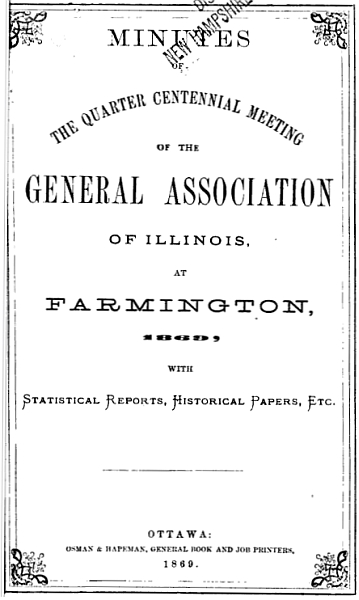
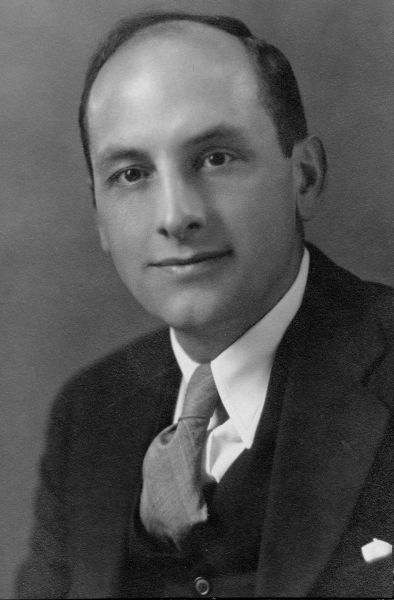
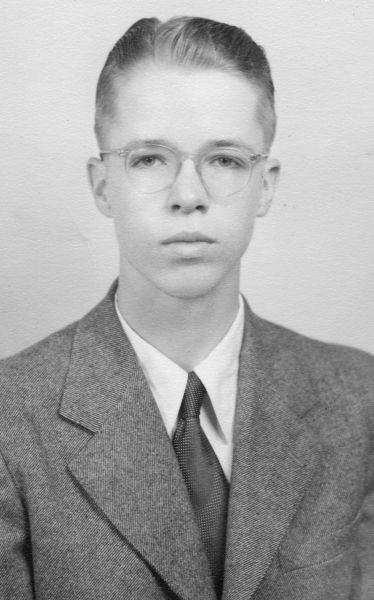 Wheaton College has provided intellectual incubation for many prominent theologians, professors and pastors. Surely one of the most brilliant was Zane Clark Hodges. Born in Washington, DC, but raised primarily in Chambersburg, Pennsylvania, Hodges attended a Plymouth Brethren assembly with his parents and younger brother because there were no Baptist churches in town. Blessed with a sturdy intellect, he completed fifth and sixth grades in one year. During his high school junior year he became editor-in-chief of the student newspaper while participating in the Debating and Latin clubs. Reading widely, he also enjoyed comic books, which he collected, and played baseball. Hodges accepted Christ’s gift of eternal life at a meeting on the Greenwood Hills Bible Conference grounds in 1946. “Since that time,” he writes in his 1949 Wheaton College application, “I not only embrace the Lord Jesus as my Saviour, but also as the Son of God and the one who keeps me and is coming back, perhaps soon.” During this period he desired to enter the mission field as his life’s work. At college Hodges studied Greek, French and German, and further honed his analytical and oratorial skills with the Beltionian Literary society. The administration noted his poised, modest aspect, along with his industry and efficiency. As a result of his academic prowess he was inducted into the Honor Society. He was graduated in 1954, receiving his BA in Greek. Dr. Clarence Hale, Chairman of the Department of Foreign Languages, prophetically observes on Hodges’s placement form: “[He] is a young man of thoroughly reliable character and very high scholarship. He presents a neat appearance and meets people easily. He gives the promise of becoming a well-trained Bible teacher.” From Wheaton Hodges matriculated to Dallas Theological Seminary (DTS) where he acquired his Th.M. before joining its faculty as professor of New Testament Literature and Exegesis, remaining for 27 years until departing to pursue speaking and writing. Hodges produced commentaries on Hebrews, 1-3 John and James, in addition to writing articles for Bibliotheca Sacra, the scholarly journal for DTS. With Arthur Farstad he co-edited The Greek New Testament According to the Majority Text.
Wheaton College has provided intellectual incubation for many prominent theologians, professors and pastors. Surely one of the most brilliant was Zane Clark Hodges. Born in Washington, DC, but raised primarily in Chambersburg, Pennsylvania, Hodges attended a Plymouth Brethren assembly with his parents and younger brother because there were no Baptist churches in town. Blessed with a sturdy intellect, he completed fifth and sixth grades in one year. During his high school junior year he became editor-in-chief of the student newspaper while participating in the Debating and Latin clubs. Reading widely, he also enjoyed comic books, which he collected, and played baseball. Hodges accepted Christ’s gift of eternal life at a meeting on the Greenwood Hills Bible Conference grounds in 1946. “Since that time,” he writes in his 1949 Wheaton College application, “I not only embrace the Lord Jesus as my Saviour, but also as the Son of God and the one who keeps me and is coming back, perhaps soon.” During this period he desired to enter the mission field as his life’s work. At college Hodges studied Greek, French and German, and further honed his analytical and oratorial skills with the Beltionian Literary society. The administration noted his poised, modest aspect, along with his industry and efficiency. As a result of his academic prowess he was inducted into the Honor Society. He was graduated in 1954, receiving his BA in Greek. Dr. Clarence Hale, Chairman of the Department of Foreign Languages, prophetically observes on Hodges’s placement form: “[He] is a young man of thoroughly reliable character and very high scholarship. He presents a neat appearance and meets people easily. He gives the promise of becoming a well-trained Bible teacher.” From Wheaton Hodges matriculated to Dallas Theological Seminary (DTS) where he acquired his Th.M. before joining its faculty as professor of New Testament Literature and Exegesis, remaining for 27 years until departing to pursue speaking and writing. Hodges produced commentaries on Hebrews, 1-3 John and James, in addition to writing articles for Bibliotheca Sacra, the scholarly journal for DTS. With Arthur Farstad he co-edited The Greek New Testament According to the Majority Text. 